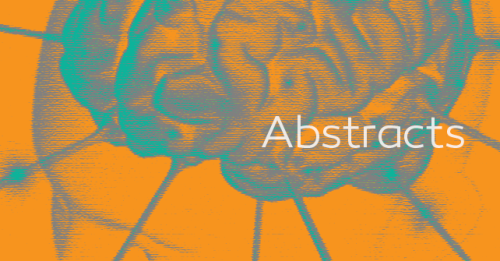Effect of Intensive Patient Education vs Placebo Patient Education on Outcomes in Patients With Acute Low Back PainA Randomized Clinical Trial
Question Is intensive patient education effective as part of first-line care for patients with acute low back pain?
Findings In this randomized clinical trial of 202 adults with acute low back pain from Sydney, Australia, adding intensive patient education to first-line care of patients was no better at improving pain outcomes than a placebo intervention.
Meaning Intensive patient education should not be offered to patients with acute low back pain who are receiving first-line care.
Importance Many patients with acute low back pain do not recover with basic first-line care (advice, reassurance, and simple analgesia, if necessary). It is unclear whether intensive patient education improves clinical outcomes for those patients already receiving first-line care.
Objective To determine the effectiveness of intensive patient education for patients with acute low back pain.
Design, Setting, and Participants This randomized, placebo-controlled clinical trial recruited patients from general practices, physiotherapy clinics, and a research center in Sydney, Australia, between September 10, 2013, and December 2, 2015. Trial follow-up was completed in December 17, 2016. Primary care practitioners invited 618 patients presenting with acute low back pain to participate. Researchers excluded 416 potential participants. All of the 202 eligible participants had low back pain of fewer than 6 weeks’ duration and a high risk of developing chronic low back pain according to Predicting the Inception of Chronic Pain (PICKUP) Tool, a validated prognostic model. Participants were randomized in a 1:1 ratio to either patient education or placebo patient education.
Interventions All participants received recommended first-line care for acute low back pain from their usual practitioner. Participants received additional 2?×?1-hour sessions of patient education (information on pain and biopsychosocial contributors plus self-management techniques, such as remaining active and pacing) or placebo patient education (active listening, without information or advice).
Main Outcomes and Measures The primary outcome was pain intensity (11-point numeric rating scale) at 3 months. Secondary outcomes included disability (24-point Roland Morris Disability Questionnaire) at 1 week, and at 3, 6, and 12 months.
Results Of 202 participants randomized for the trial, the mean (SD) age of participants was 45 (14.5) years and 103 (51.0%) were female. Retention rates were greater than 90% at all time points. Intensive patient education was not more effective than placebo patient education at reducing pain intensity (3-month mean [SD] pain intensity: 2.1 [2.4] vs 2.4 [2.2]; mean difference at 3 months, –0.3 [95% CI, –1.0 to 0.3]). There was a small effect of intensive patient education on the secondary outcome of disability at 1 week (mean difference, –1.6 points on a 24-point scale [95% CI, –3.1 to –0.1]) and 3 months (mean difference, –1.7 points, [95% CI, –3.2 to –0.2]) but not at 6 or 12 months.
Conclusions and Relevance Adding 2 hours of patient education to recommended first-line care for patients with acute low back pain did not improve pain outcomes. Clinical guideline recommendations to provide complex and intensive support to high-risk patients with acute low back pain may have been premature.
Trial Registration Australian Clinical Trial Registration Number: 12612001180808


